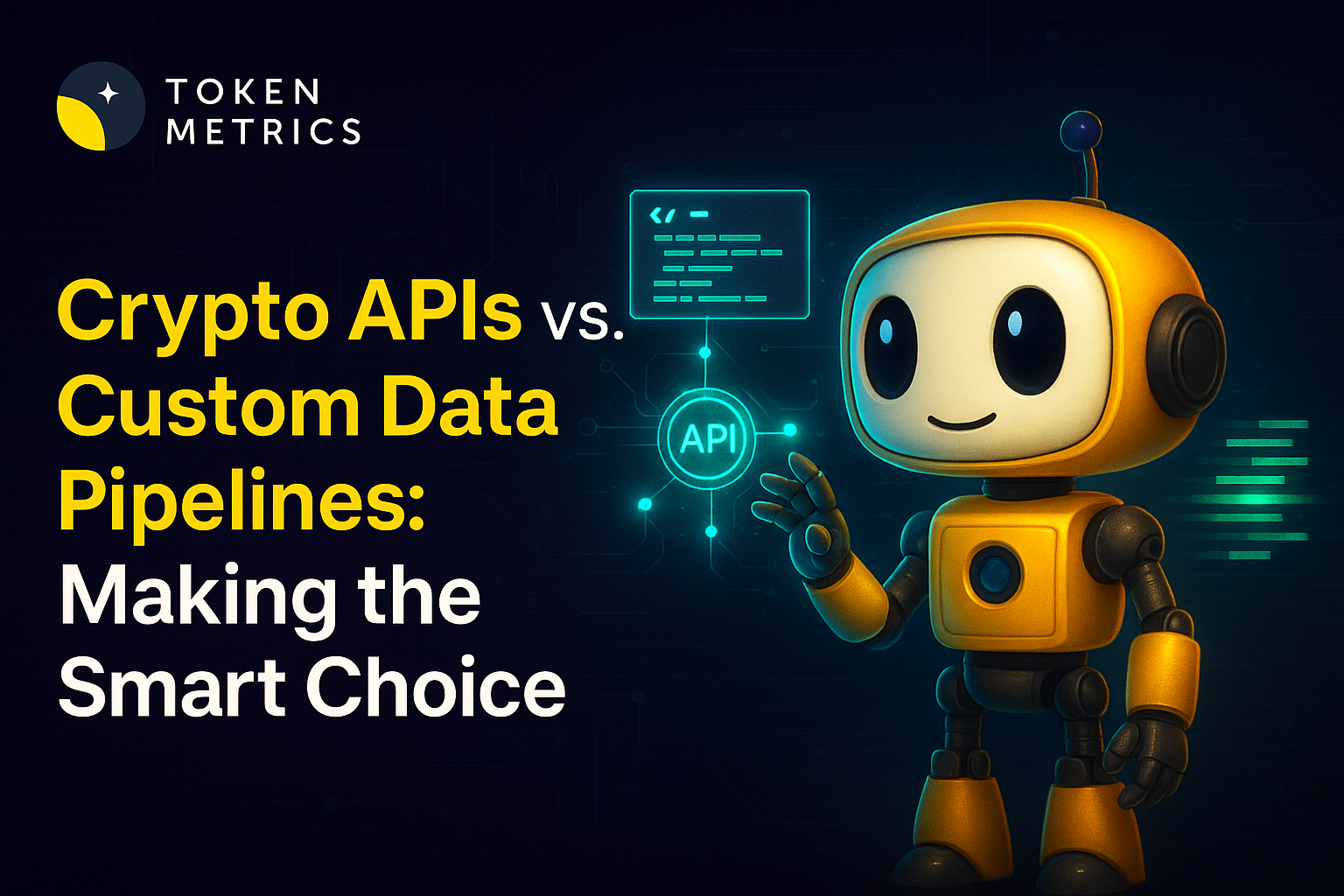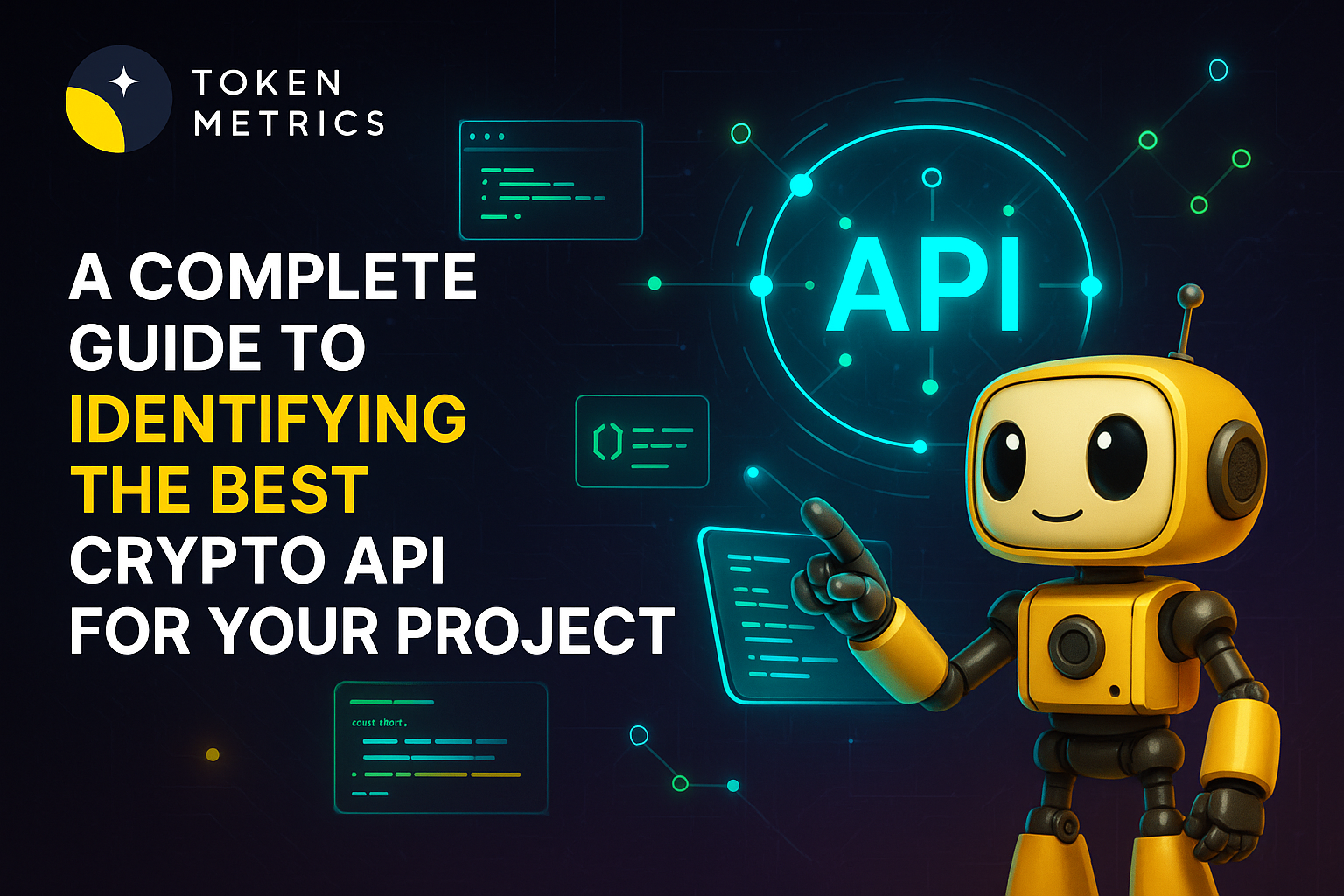Ensuring Seamless API Key Rotation Without Downtime

In an era defined by rapid technological change and evolving cybersecurity threats, maintaining secure and resilient APIs is paramount. Key rotation, the periodic replacement of API credentials, is critical for keeping sensitive systems safe from unauthorized access. However, the challenge lies in updating or replacing API keys without causing disruptions or downtime for your users. How can you design a robust API key rotation strategy that’s both seamless and secure? In this article, we’ll dive deep into practical, real-world approaches for implementing key rotation in your API infrastructures with zero downtime, arming you with the know-how to fortify your applications while upholding uninterrupted service.
Understanding the Importance of API Key Rotation
API keys are the digital credentials that regulate access to your platform’s endpoints. Over time, these keys can become vulnerable through accidental leaks, code exposure, or insider threats. Regular key rotation limits the lifespan of compromised credentials, minimizing potential attack windows and meeting the compliance demands of standards like SOC 2, HIPAA, and GDPR.
Key rotation can be straightforward for offline systems—but for APIs serving millions of daily requests or integrated into numerous clients, even brief downtime is unacceptable. A sophisticated rotation strategy is essential for:
- Maintaining high system availability and client trust.
- Complying with industry best practices and governance frameworks.
- Automating secrets management to reduce human error.
- Responding rapidly to detected or suspected credential leaks.
Challenges in Zero-Downtime Key Rotation
Rotating keys while maintaining seamless API service is not trivial. Key challenges include:
- Client Synchronization: Ensuring that all consuming applications or partners are ready for the switchover to new keys without failures.
- Phased Activation: Allowing for overlapping validity periods so both the old and new key are accepted during a predefined grace period.
- Propagation Delay: Managing delays in propagating the new key to all relevant systems, from application servers to integrated third-party services.
- Monitoring and Rollback: Proactively monitoring for failed authentication due to key mismatches and supporting graceful rollback if needed.
Ignorance of these pitfalls can result in service downtime, frustrated users, and loss of trust—especially in the high-stakes world of crypto and financial APIs.
Proven Approaches to Implementing API Key Rotation
Best-in-class API architectures leverage systematic, automation-friendly methods for rotating keys. Here’s a step-by-step overview of how zero-downtime key rotation can be achieved:
- Enable Multiple Active Keys: Design your authentication layer to support multiple valid keys for each user or client. This allows new keys to be introduced while retaining the old key’s functionality during the transition.
- Introduce the New Key: Generate and securely distribute a new key to your clients or systems. Maintain both old and new keys as active during a defined overlap window.
- Coordinate Client Update: Notify clients to begin using the new key. Client-side automation (such as scripts or environment variable swaps) can ease this transition.
- Monitor Usage: Use analytics to track key usage in real time. If some clients continue to use the old key, follow up with reminders. Set alerts for anomalous behavior.
- Deactivate the Old Key: After the overlap period (and once analytics show all traffic has moved to the new key), retire the old key from active status.
This phased approach can be managed via API gateways, secrets managers (like AWS Secrets Manager or HashiCorp Vault), or custom automation pipelines. Automation is crucial for both security and operational scale.
Leveraging Automation and Advanced Tooling
Manual key rotation is error-prone and does not scale. Leading organizations use dedicated tools and APIs for secrets management, automating every phase of the lifecycle:
- Adopt a secrets management platform with automated key generation, rotation, and audit logging.
- Leverage API gateways that natively support multiple active credentials and dynamic access control lists.
- Employ AI-driven monitoring for API usage patterns, flagging irregularities in authentication traffic that might signal failed key rollovers.
- Establish precise rotation schedules and automated client notifications to further reduce human dependency.
In the context of crypto APIs, rapid incident response is critical. Automated rotation empowers developers to replace at-risk credentials within minutes, eliminating the manual delays that adversaries can exploit.
Design Patterns for Crypto API Key Rotation
Security and uptime are non-negotiable for APIs powering DeFi, exchanges, trading bots, or wallets. Effective rotation design patterns include:
- Rolling Credentials: Maintain a rolling window of valid keys for each client, supporting simultaneous key swaps across jurisdictions and infrastructures.
- Key Versioning and Metadata: Link each key to metadata—such as version, creation date, and expiry time—enabling granular control and auditability.
- Client SDK Integration: Offer SDKs or helper libraries that abstract rotation complexity for your API consumers.
- Granular Permissions Segmentation: Limit key scope (such as read-only vs. trading), decreasing risk during transition windows.
- Comprehensive Incident Playbooks: Define exact steps for emergency key rollover, communication channels, and validation checklists.
By baking these patterns into your crypto API platform, you not only protect against security risks but also drive developer adoption through reliability and clarity.
Build Smarter Crypto Apps & AI Agents with Token Metrics
Token Metrics provides real-time prices, trading signals, and on-chain insights all from one powerful API. Grab a Free API Key
FAQ: API Key Rotation and Downtime
What is API key rotation and why is it critical?
API key rotation is the process of periodically replacing digital credentials that control access to API endpoints. It is essential for limiting the risk window if a key is exposed and is a fundamental component of secure development and compliance programs.
How does supporting multiple active keys prevent downtime?
By allowing both old and new keys to remain active during a transition period, clients can seamlessly migrate to the new key without interruption of service. Downtime only occurs when a key is disabled before all clients have switched over.
Can key rotation be fully automated?
Yes. Modern API platforms often integrate with secrets management tools and automation scripts that generate, distribute, and retire keys according to policy—minimizing manual touchpoints and human error.
What role does monitoring play in key rotation?
Continuous monitoring ensures that all clients are migrating as expected and alerts administrators to potential misconfigurations or unauthorized access attempts, enabling swift remediation before issues escalate into downtime.
Are there industry tools that simplify rotation?
Absolutely. Solutions like API gateways, cloud-native secrets managers (AWS, GCP, Azure), and specialized crypto API providers like Token Metrics make painless, automated key rotation achievable even at scale.
Disclaimer
This article is for general informational purposes only and does not constitute investment, legal, or security advice. Always perform your own due diligence and consult with qualified professionals before implementing any security solution.
Create Your Free Token Metrics Account

.png)




%201.svg)
%201.svg)


%201.svg)










.svg)




.png)